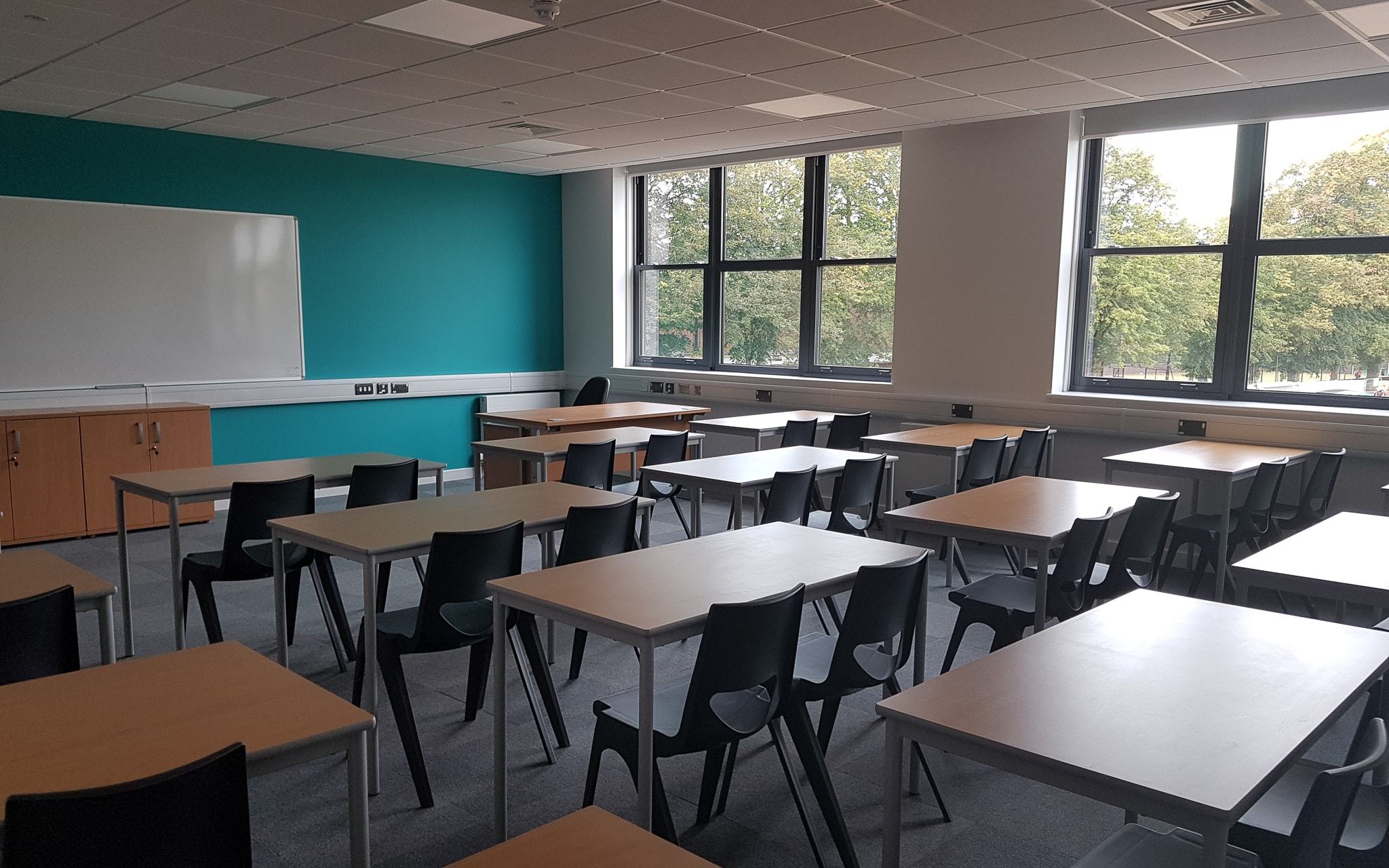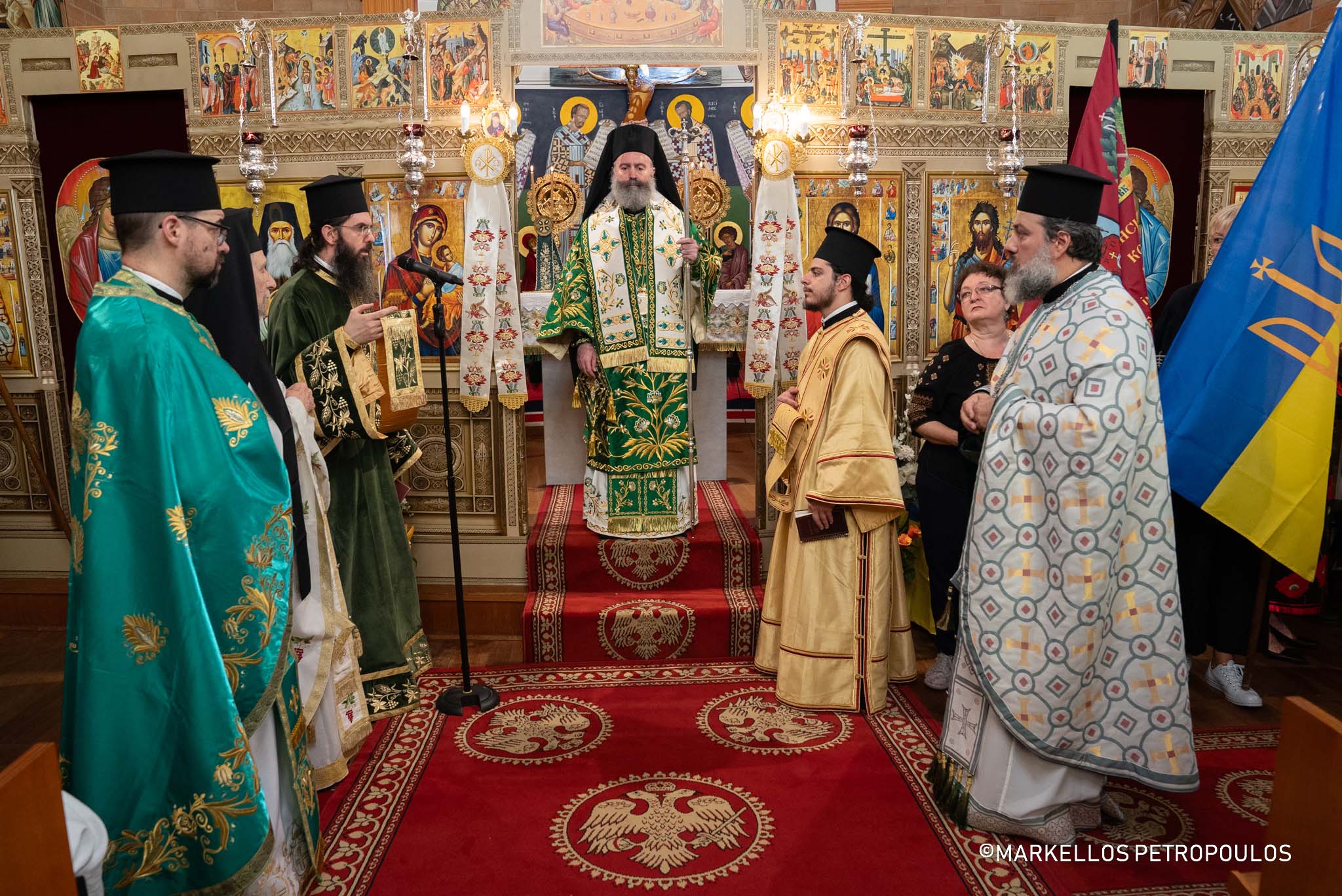How schools in Australia are making classrooms COVID-safe for returning students


Thousands of students across Australia’s southeast are poised to return to schooling for Term 4 this week, though for many, the classroom they will return to remains unclear.
It’s still a matter of weeks before students in New South Wales, Victoria, and the ACT will be able to re-enter the schoolyard – something Canberra sisters Kristin, 15, and Karla Velazquez, 16, can’t wait to do.
“I’m super excited, like I can’t wait to see my friends again and I just think it’s going to be really fun,” Kristin told SBS News.
Like for so many others, learning from home has been challenging for the girls.
“I really want to go back to school so I can have face-to-face learning, because online learning for me is very bad for my motivation,” Karla said.
The Victorian, ACT and NSW governments have all announced a staggered return for in-person learning between October and November as they fight their COVID-19 outbreaks and vaccine rates rise.
Staff and principals are now moving to put COVID-safe measures in place, including ventilation mechanisms improving the quality of air students and teachers breathe.
Occupational hygienist Kate Cole specialises in keeping workplaces safe and has provided advice on ventilation during the pandemic.
“When we have people in indoor spaces, it creates a high-risk environment because people generate aerosols,” she said.
Ms Cole says while vaccination, mask-wearing and sanitation are important, creating safe indoor air spaces is also crucial to prevent the transmission of disease.
“A lot of schools are what we would call naturally ventilated, so that means they have windows, to which we want to get fresh air into those spaces – but that’s not always possible and always effective, so we tend to substitute those processes by bringing in portable, HEPA air filtration.”
HEPA – high-efficiency particulate absorbing – filters work by trapping particles such as pollen, dust and smoke as they suck in the surrounding air. Studies show they can also capture COVID-19 particles.
ACT Education Minister Yvette Berry said improving ventilation in classrooms has been a key focus area over the last few years, including by fitting schools with carbon dioxide sensors to manage air quality during bushfire seasons.
“We’ve been putting in CO2 monitoring devices since 2018 and we’ll be putting more of those in as we lead to that phased return to face-to-face learning,” Ms Berry said.
In Victoria, some schools will soon be receiving air purification devices and CO2 monitors as part of a multi-million-dollar COVID-19 investment.
But there’s no confirmation so far on which campuses will receive the technology, and in the meantime, schools are manipulating classroom spaces themselves to increase ventilation.
Helene Hiotis, principal of Bentleigh Secondary College in Melbourne, says her school will be opening all windows, testing ceiling fans, and spacing out students in classrooms when they return in person.
“We’re adding additional tables and chairs so that we can safely distance the students,” Ms Hiotis said.
“We’ve also put out sticky mats onto the floor, carpet and concrete to remind students to safely distance.”
She said her school is also putting out a campaign for mask-wearing and hand hygiene.
“What we’re worried about is the sort of statistics that are coming through suggesting that young people are spreading it a lot more than others and I think what we’re trying to do is continue to educate our students,” she said.
Ventilation options in NSW are still being assessed, and the state government is yet to order any air filters.
One Sydney private school has consulted an engineer to improve airflow in their classrooms.
“We’re trying to maximise cross ventilation, we’re opening windows wherever that’s possible and we’re upgrading our air conditioning,” St Andrews Cathedral School principal John Collier said.
“We’re upgrading our filters, in some areas we’re installing HEPA filters, and we’re bringing in as a pilot, carbon dioxide monitors”.
But Dr Collier said he’s still concerned about vaccination for his younger cohorts who aren’t yet eligible to get a jab.
“The biggest issue is bringing the bulk of students back on site, some of whom have not had the opportunity to be [vaccinated],” he said.
Internationally, many schools that employ mask mandates and increase ventilation have seen lower COVID-19 transmission rates and fewer student absences.
There are calls across the UK for a mask mandate to resume in schools as COVID-19 cases skyrocket among children.
Ms Cole said the experience of schools in San Francisco also shows strict safety measures are effective.
“They had 90 per cent of children aged 12 and over fully vaccinated. We know that children in those schools wore masks, and we know that they used HEPA air filtration in classrooms where there was inadequate ventilation – and despite over 100 daily COVID cases in that area, they had a really small amount.”
Source: sbs.com.au




